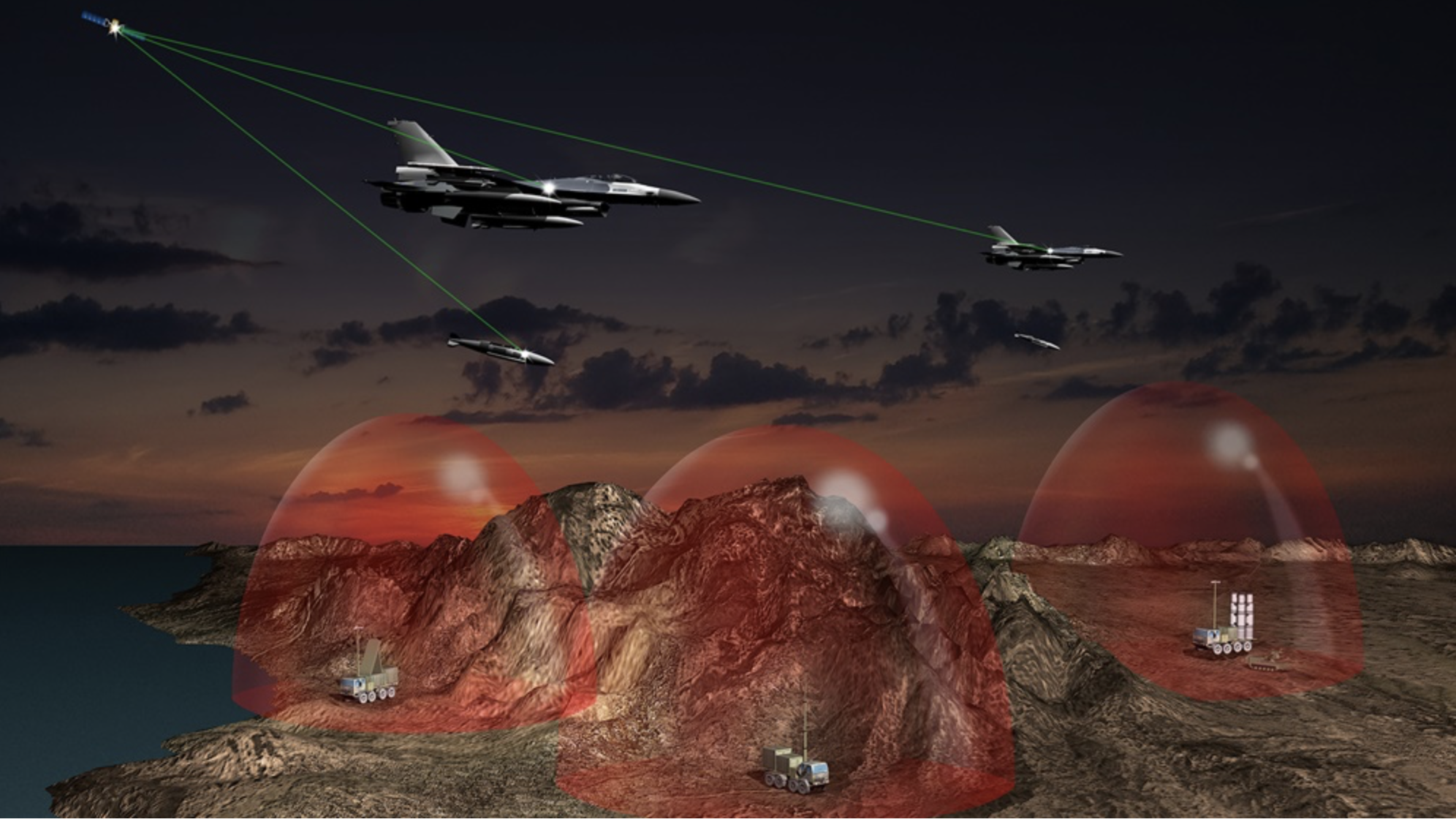 The new GSS200D Interference Detector was developed as part of Spirent’s partnership with Nottingham Scientific Limited. Photo source: Sprirent.
The new GSS200D Interference Detector was developed as part of Spirent’s partnership with Nottingham Scientific Limited. Photo source: Sprirent.Spirent Communications has announced a solution that enables the civil aviation industry to evaluate the growing threat of GNSS interference, jamming and spoofing. The new GSS200D Interference Detector was developed as part of Spirent’s partnership with Nottingham Scientific Limited.
Spirent Communications has announced a solution that enables the civil aviation industry to evaluate the growing threat of GNSS interference, jamming and spoofing. The new GSS200D Interference Detector was developed as part of Spirent’s partnership with Nottingham Scientific Limited.
As skies and airports become more congested, there is increasing pressure on airports to be safely accessible at all times – which cannot be achieved by relying solely on non-precision approaches with high minimums or on today’s expensive and rigid ground-based infrastructure such as ILS (Instrument Landing Systems).
Ground-Based Augmentation System (GBAS) and instrument approach procedures based on Satellite Based Augmentation Systems (SBAS), such as Localizer Performance with Vertical Guidance (LPV) and Required Navigation Performance (RNP), provide Air Traffic Management with flexible, cost-effective alternatives while providing equivalent operational performance.
For example, the European Geostationary Navigation Overlay Service (EGNOS) launched the LPV-200 service in Europe that enables aircraft approaches without the need for visual contact with the ground until a height of only 200 feet above the runway. With this service, accessibility, sustainability, efficiency and safety of the landing are greatly improved, especially in bad weather conditions.
Spirent’s new GSS200D solution monitors the radio bands used by EGNOS, as well as other GNSS augmentation systems such as the Wide Area Augmentation System (WAAS) or the GPS Aided Geo Augmented Navigation system (GAGAN), to ensure awareness of interference that could compromise positioning information.
Since local interference near the runway in the GNSS bands could degrade position accuracy or lead to a total loss of the navigation service, it is critical to continuously monitor and understand the RF environment and level of interference around airports. The GSS200D collects quantitative data on interference allowing assessment of the risks, so that robust mitigation plans can be created, according to the company. The new Spirent solution has been trialed at a number of European airports, and has collected numerous interference signatures from both unintentional man-made interference and intentional jamming.
“As more airports begin to use GNSS-based instrument approach procedures, they need to know what could be affecting their GNSS signals,” said Martin Foulger, General Manager of Spirent’s Positioning business. “With this latest solution we can detect interference in the key radio bands, based on levels defined by the United Nations International Civil Aviation Organization and European Organisation for Civil Aviation Equipment. This enables the aviation industry to gain a much better understanding of the electronic environment, helping to avoid dangerous situations going forward.”
Earlier, Inside GNSS reported on how Spirent test solutions are helping to improve maritime safety. You can read the fill article here.





